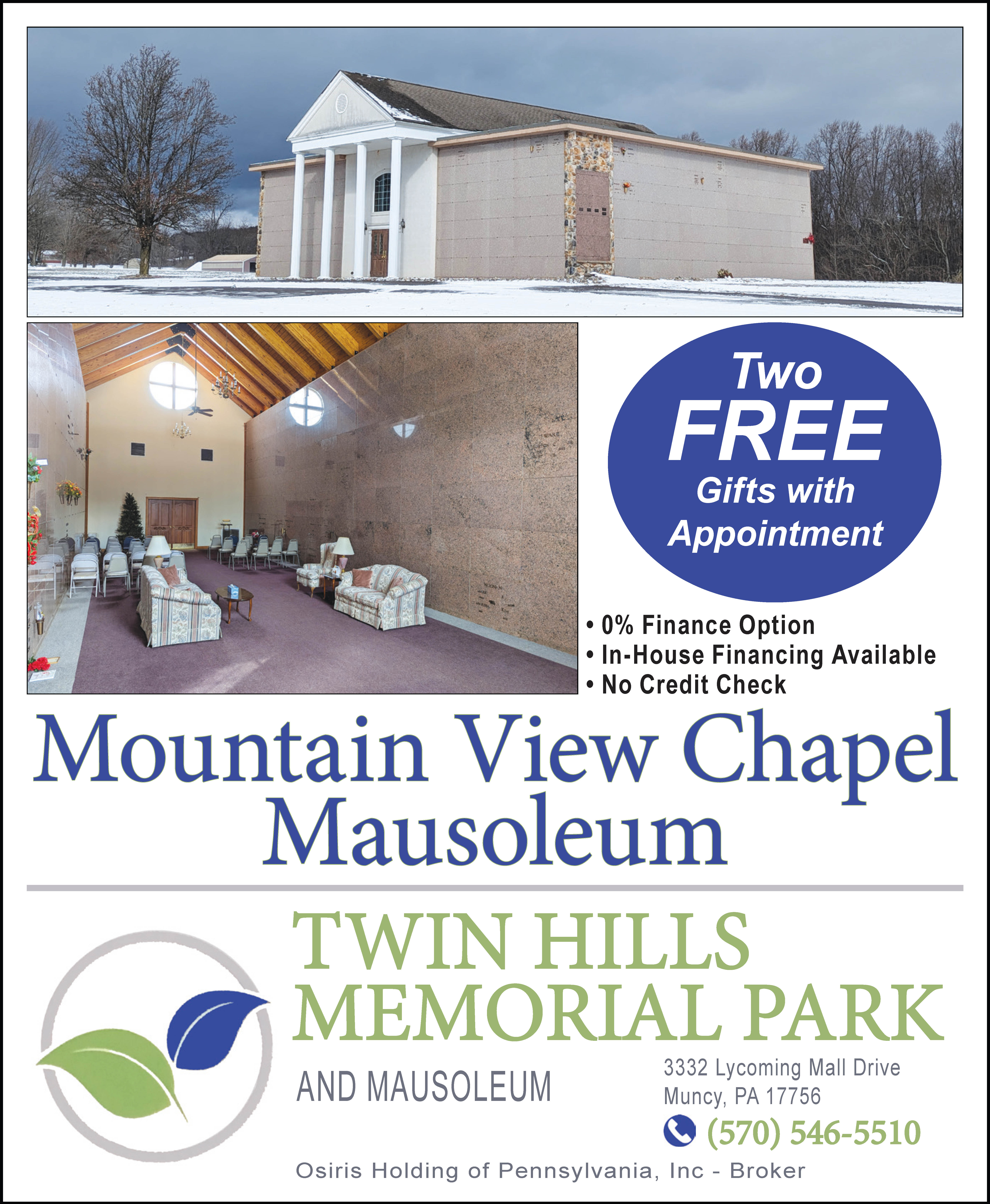Perhaps Forrest Gump said it best when he stated that “Life is like a box of chocolates — you never know just what you’ll get!” At least, that is what came to mind when I first saw “Vicki.”
Over the years, I have often seen turkey vultures coursing overhead a cabin on the hill behind my home, and have once or twice seen them perched in the trees near the cabin. But I never expected to see what greeted me just last week.
I arrived at the cabin mid afternoon one sunny day and my eyes were immediately drawn to a puffy white ball the size of a soccer ball as it appeared several feet behind the cabin. Was it a soccer ball or a deflated balloon or perhaps a feral cat? It was too fuzzy and stark white to be a giant puffball mushroom. And then it moved! I moved slowly toward the object and suddenly realized that it was a fledgling baby vulture! It was weird and awkward looking as it held its wings out and held its head low to the ground and slowly walked under the back of the cabin. Its body was covered with bright white downy feathers, and its black eyes and beak, along with its black legs and feet presented an amazing sight. It hissed defiantly as it slowly disappeared under the cabin and returned to the safety of its lair.
I have returned numerous days since that first encounter, partly to do some work on the cabin and also to see how the little cabin mascot was doing. If I view the fledgling from a distance, it is content to stand in the sun a few yards away from the rear of the cabin, but if I close the distance, it slowly retreats to the protection of the space under the elevated cabin. At last sighting, as it holds it wings out to absorb the suns warming rays, small black pin feathers are beginning to appear along the back of its wings. But it still is awkward and gangly in appearance; while usually most of natures young are oh so cute looking!
Now that I have unofficially adopted “Vicki the Vulture” as the cabin mascot — well, at least until she grows big enough to fly away on her own — I did a bit of research that yielded some interesting facts.
The turkey vulture (Cathartes aura), also known as turkey buzzard or just plain buzzard, is found throughout Pennsylvania and is classified as a protected non-game bird within the state. Since their range is actually from southern Canada to the southernmost tip of South America, it is also protected federally via the Migratory Bird Treaty Act of 1918. A group of vultures is called a committee, venue, or volt. In flight, a flock of vultures is a kettle, and when the birds are feeding together at a carcass, the group is called a wake. The turkey vulture is a scavenger and feeds almost exclusively on carrion. It finds its food using its keen eyesight and sense of smell, flying low enough to detect the gasses produced by the beginning process of decay in dead animals.
It nests in caves, hollow trees or thickets, which explains why “Vicki” was reared under the cabin. Each year, a buzzard will produce one or two chicks, which are fed by regurgitation. Both adults feed the chicks and care for them for the first 10 to 11 weeks. The chicks fledge at about 9 to 10 weeks. Fledgling and immature vultures can fall prey to great horned owls, red-tailed hawks and eagles, while the eggs and nestlings may be preyed upon by raccoons and opossums. Its primary defense is regurgitating semi-digested meat, a rather foul-smelling mess, which deters most adversaries. Turkey vultures do not kill live animals, but when a group of the birds are feeding on a carcass, it may give the false impression that they had done so. Interestingly, the droppings produced by turkey vultures can harm or kill trees and other vegetation.
If you are concerned about the presence of turkey vultures, the greatest deterrent is the strategic placement of hawk or owl decoys nearby, since they are the vulture’s greatest threat.
“Vicki” appears to be about 2 months of age, since she has begun fledging her new feathers and losing her soft white coat of down. She remains safe in her surroundings as the unofficial cabin mascot in its remote location on a quiet hilltop. She represents one of those rare encounters that can only happen when you spend time in the woods. You simply never know what amazing sights await you when you venture into the wilderness!




Leave a Comment
Your email address will not be published. Required fields are marked with *